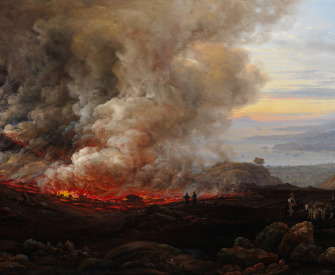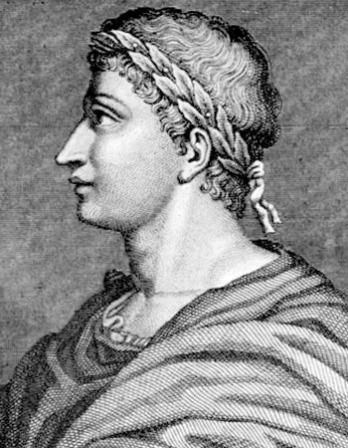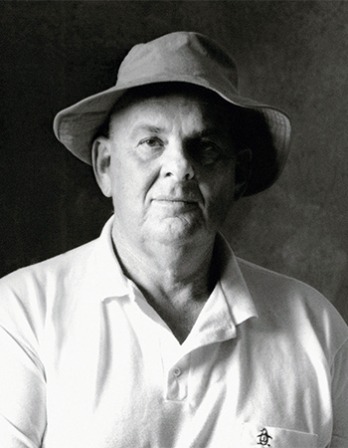The Emperor Constantine, always intent on the advancement of religion, erected magnificent temples to God in every place, particularly in metropolises such as Nicomedia in Bithynia, Antioch on the river Orontes, and Byzantium.
He greatly improved this latter city and made it equal to Rome in power and influence, for when he had settled the affairs of the empire according to his own mind and had freed himself from foreign foes, he resolved upon founding a city which should be called by his own name and should be equal in celebrity to Rome. With this intention he repaired to a plain at the foot of Troy, near the Hellespont, above the tomb of Ajax—where, it is said, the Achaeans entrenched themselves when besieging Troy—and here he laid the plan of a large and beautiful city and built the gates on an elevated spot of ground, whence they are still visible from the sea to mariners. But when he had advanced thus far, God appeared to him by night and commanded him to seek another site for his city. Led by the hand of God, he arrived at Byzantium in Thrace, beyond Chalcedon in Bithynia, and here he was desired to build his city and to render it worthy of the name of Constantine. In obedience to the command of God, he therefore enlarged the city formerly called Byzantium and surrounded it with high walls; he also erected magnificent dwelling houses, and being aware that the former population was insufficient for so great a city, he peopled it with men of rank and their households, whom he summoned thither from Rome and from other countries. He imposed taxes to cover the expenses of building and adorning the city and of supplying its inhabitants with food. He erected all requisite edifices, a hippodrome, fountains, porticoes, and other beautiful embellishments. He named it Constantinople and New Rome and constituted it the Roman capital for all the inhabitants of the north, the south, the east, and the shores of the Mediterranean, from the cities on the Danube, and from Epidamnus and the Ionian Gulf, to Cyrene and that part of Libya called Bonium. He created another senate, which he endowed with the same honors and privileges as that of Rome, and he sought to render the city which bore his name equal in every respect to that of Rome in Italy—nor were his wishes thwarted, for by the assistance of God, it became the most populous and wealthy of cities. I know of no cause to account for this extraordinary aggrandizement, unless it be the piety of the builder and of the inhabitants and their compassion and liberality toward the poor. The zeal they manifested for Christianity was so great that many of the Jewish inhabitants, and most of the Greeks, were converted. As this city became the capital of the empire during the period of religious prosperity, it was not polluted by altars, Grecian temples, nor sacrifices, and although later Julian authorized the introduction of idolatry for a short space of time, it soon afterward became extinct. Constantine further honored this new city of Christ by adorning it with numerous and magnificent houses of prayer, in which the Deity vouchsafed to bless the efforts of the emperor by giving sensible manifestations of His presence.
From The Ecclesiastical History. Born to Christian parents in a small village near Gaza, Sozomen studied in Phoenicia and practiced law in Constantinople, where he composed his church history. Emperor Constantine is said to have begun his conversion to Christianity during the Battle of the Milvian Bridge, when he saw in the sky the image ☧, an early Christian symbol, with the legend “Conquer by this.”
Back to Issue




